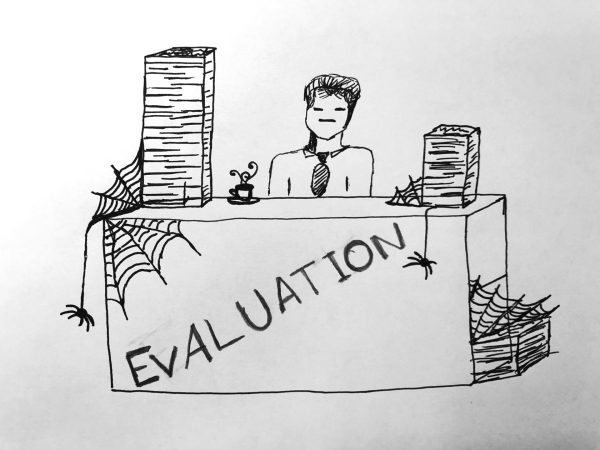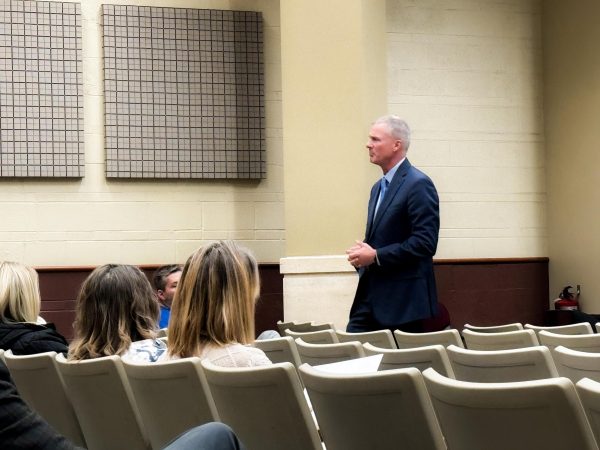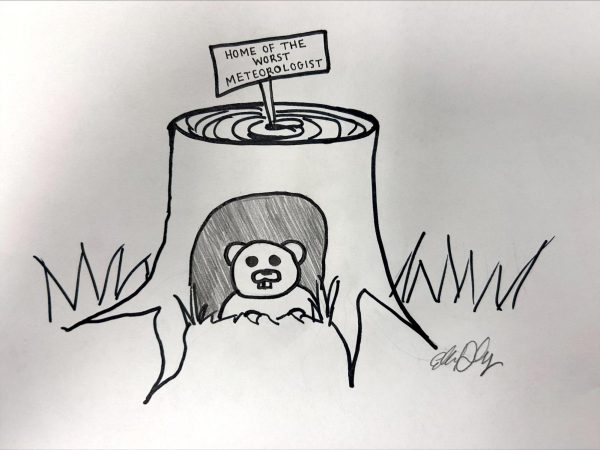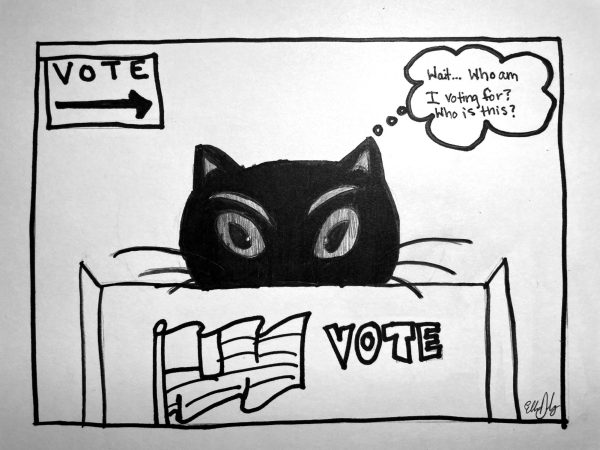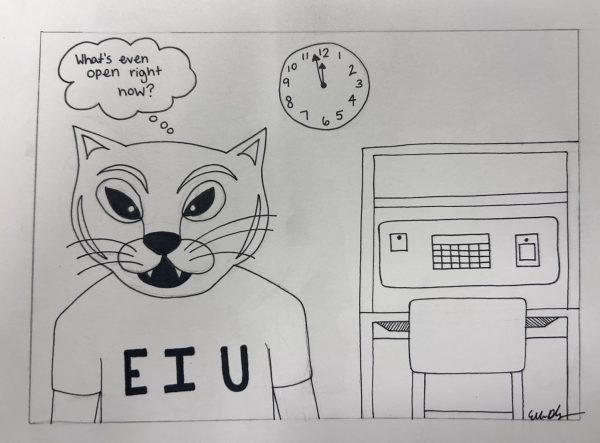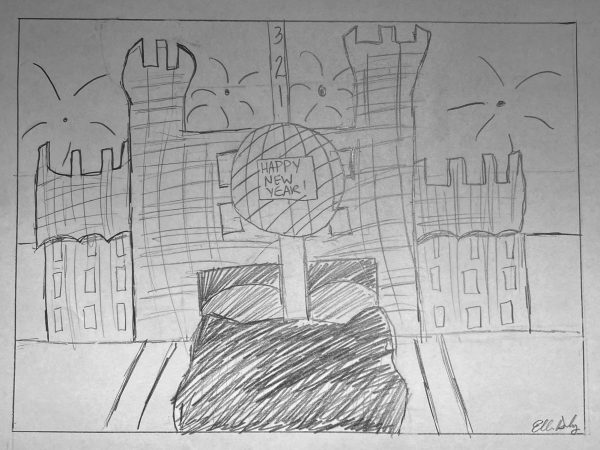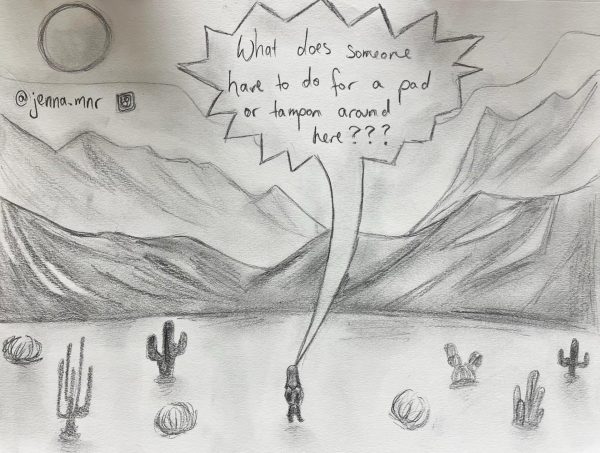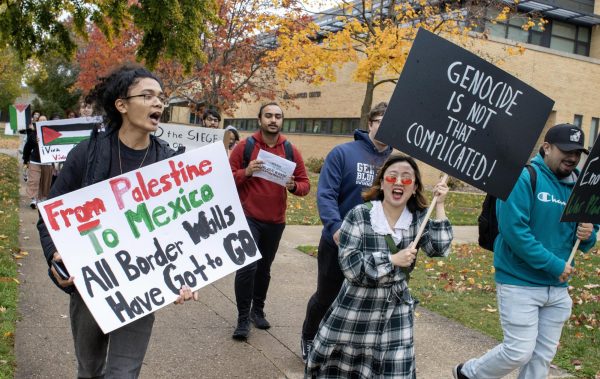Minimum wage topic creates conversation
March 1, 2019
We at The Daily Eastern News are divided on this issue of the gradual increase of minimum wage.
There are studies out there and opinions from politicians, but there seems to be no concise explanation on what happens with minimum wage increase.
Naturally, we recommend that you do your own research and form your own opinions on the issue, just as we did.
But, we want to take the time to break this down and play devil’s advocate for both sides of the issue.
Recently the Democrat majority in Springfield has passed a new law that will gradually increase minimum wage in Illinois.
“Under the law, on Jan. 1 the statewide minimum wage increases from $8.25 to $9.25 per hour. The minimum wage again will increase to $10 per hour on July 1, 2020, and will then go up $1 per hour each year on Jan. 1 until hitting $15 per hour in 2025.” According to The Chicago Tribune.
What are the possible effects of gradually raising the state minimum wage?
Well there is debate on the left and right side of Illinois politics.
Republican State Rep. Mark Batinick expressed concern, prior to the signing of the bill, for low-income areas where the $15 minimum wage would be harder on small businesses.
“You think jobs are magically going to appear in those areas?” Batinick said.
Senate Majority Leader Kimberley Lightford, a Democrat who has sponsored numerous minimum wage bills, saw opportunity in the bill.
“And so many people deserve the opportunity just to feel hope, to feel like they can go to work and come home and have dignity and pride and respect in what they do. This is our first step in giving them that opportunity.”
These are what politicians have to say about the increase of minimum wage, but how about economists who have studied this in other states and around the world?
A team of economists at the University of California-Los Angeles examined the minimum wage increase from $6.75 in 2006 to $10.50 in 2017, and is slated to hit $15 in 2022 in California.
According to preliminary results and estimates; the increase in minimum wage from $6.75 to $7.50 in 2007 and to $8 in 2008 are estimated to increase earnings in limited service restaurants slightly more them 10 percent but reduced employment by around 12 percent.
The raise in $10.50 in 2017 raised earnings in those restaurants by another 20 percent, but reduced employment by another 10 percent.
Paul Kupiec, a resident scholar at the American Enterprise Institute, wrote a guest column in Forbes about increased minimum wage.
He used a theoretical situation using an example with workers A through E. After describing each worker’s pay and productivity, he concluded that;
“What happens when the government imposes a minimum wage of $11 per hour? First, worker A and B can no longer work.
Their productivity-5 for worker A, and 10 for worker B- is below minimum wage, so no one will find it profitable to employ them.
With worker A and B unemployed and unable to find work, they drop out of the labor force, reducing the labor force participation rate 60 percent. GDP drops from 75-60 and GDP per capita falls from 15 to 12.
Thus the imposition of a minimum wage has caused a decrease in total and per person economic output.” Kupiec concluded in the article.
Ultimately, as we have said before, you have to form your own opinion.
Some of us on the edit board believe the raise is beneficial, others thing it will have negative consequences and a few think it’s too soon to tell what will unfold.
But at least now there is no room for excusses such as, “Oh, I didn’t know enough about it” or “I just don’t know.”
The Editorial Staff can be reached at 581-2812 or [email protected].




































